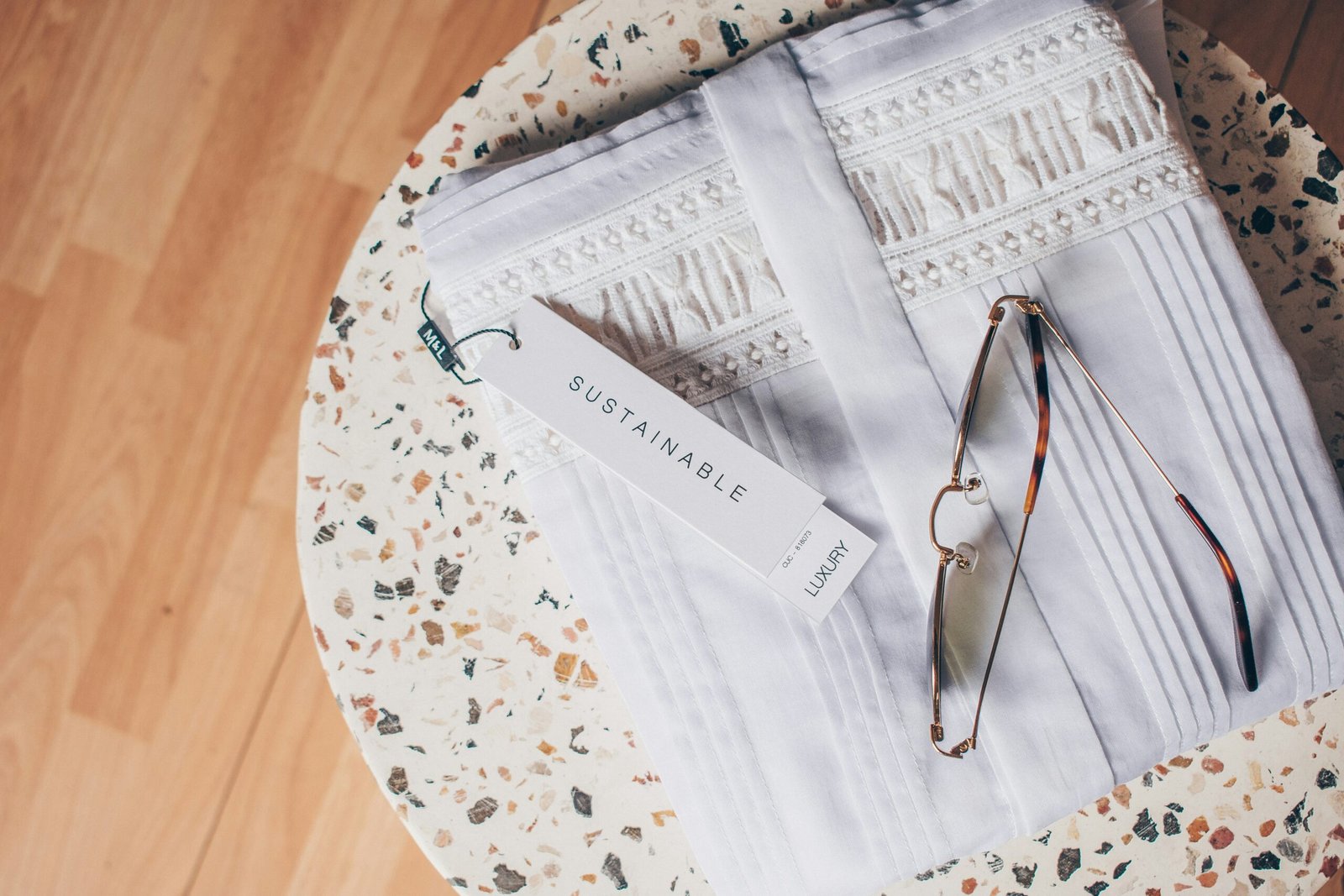Understanding Sustainable Fashion
Sustainable fashion refers to the design, production, and consumption of clothing and accessories that prioritize environmental and social responsibility. This concept has gained significant traction in recent years as consumers become increasingly aware of the detrimental impacts of fast fashion. Fast fashion is characterized by inexpensive clothing that mimics current fashion trends, often at the expense of the planet and the laborers involved in the production process. The unsustainable practices inherent in this industry contribute to environmental degradation, including resource depletion, pollution, and significant waste, as vast amounts of clothing end up in landfills every year.
In contrast, sustainable fashion focuses on minimizing these negative effects by promoting eco-friendly materials, ethical labor practices, and long-lasting products. Brands committed to sustainable practices often utilize organic or recycled materials, reduce water and energy consumption during production, and ensure fair wages and safe working conditions for their employees. These conscious choices not only address environmental issues but also contribute to social equity, providing better livelihoods for those who manufacture clothing.
The importance of sustainable fashion cannot be overstated, as it represents a shift towards a more responsible consumer culture. By choosing eco-friendly brands, shoppers can play a pivotal role in reducing their carbon footprints and promoting positive change within the industry. Supporting brands that value sustainability fosters a marketplace that prioritizes ethical practices, pushing fast fashion companies to reevaluate their operations. Moreover, the benefits extend beyond individual choices, as the collective movement towards sustainable fashion has the potential to inspire systemic changes within the fashion sector and contribute to overall environmental conservation efforts.
Identifying Eco-Friendly Brands
Identifying eco-friendly fashion brands is a crucial step for consumers looking to make sustainable purchasing decisions. One of the primary indicators of a brand’s commitment to sustainability is the presence of recognized certifications. Certifications such as Global Organic Textile Standard (GOTS), Fair Trade, and B Corporation signify that a brand adheres to specific environmental and social standards. For instance, GOTS ensures that organic fibers are processed responsibly and that environmental criteria are met at each stage of production.
Transparency is another significant factor to consider when evaluating a brand’s eco-friendliness. Brands that openly share information about their supply chain, including sourcing practices and production processes, demonstrate accountability and a commitment to sustainable practices. Consumers should seek brands that provide detailed insights into where their materials come from and how their garments are made.
The materials used in a brand’s fashion products can also indicate its environmental impact. Eco-friendly brands often utilize sustainable materials, such as organic cotton, Tencel, and recycled fabrics. These materials have been produced using methods that minimize harm to the planet, making them a more sustainable choice compared to conventional textiles. Additionally, brands that prioritize using dyeing techniques that reduce water consumption and toxic chemicals further establish their commitment to eco-conscious practices.
Moreover, ethical labor practices are an essential component of sustainable fashion. Brands that ensure fair wages and safe working conditions for their employees are contributing to a more humane and environmentally friendly industry. Researching a brand’s labor policies and its engagement with the communities from which it sources materials can provide valuable insights into its overall sustainability commitments.
In light of the above factors, it is advisable for consumers to take the time to research individual brands, check for certifications, and inquire about their sustainability initiatives before making a purchase. This informed approach not only supports eco-friendly fashion but also encourages brands to commit to sustainable practices.
Responsible Shopping Practices
Adopting responsible shopping practices is essential for those looking to embrace sustainable fashion. By making informed choices, consumers can significantly reduce their environmental footprint and promote eco-friendly brands. One effective strategy is to buy second-hand clothing. Thrift stores, consignment shops, and online platforms offer a variety of pre-loved garments that help to extend the lifespan of clothing, diverting waste from landfills while providing unique style options.
Additionally, prioritizing quality over quantity is a crucial aspect of responsible shopping. Investing in well-made, durable pieces ensures that clothing lasts longer, thus reducing the need for frequent replacements. When shopping, consider items crafted from sustainable materials, which often have a lesser impact on the environment compared to their fast-fashion counterparts. By focusing on high-quality items, shoppers can create a more sustainable wardrobe that stands the test of time.
Another recommended approach is to create a capsule wardrobe. This concept involves curating a collection of versatile clothing pieces that can be mixed and matched to create various outfits. A capsule wardrobe not only simplifies clothing choices but also minimizes the amount of clothing needed, ensuring that consumers are mindful of their purchases. Furthermore, it allows individuals to appreciate the pieces they already own while reducing the urge to buy unnecessary items.
Being mindful of the environmental impact of clothing production is paramount when shopping for fashion. One way to enhance sustainability is by supporting local and small businesses that prioritize eco-friendly practices. These brands often focus on ethical production methods, use sustainable materials, and have transparent supply chains. By choosing to spend money on responsible brands, consumers can contribute to a more sustainable fashion industry while fostering community development.
The Future of Sustainable Fashion
The sustainable fashion industry is experiencing a transformative evolution, as both consumers and brands increasingly recognize the importance of eco-friendly practices. Current trends indicate a growing demand for transparency and ethical production processes, signaling a departure from traditional fast fashion. This shift is driven primarily by conscious consumerism, where shoppers actively seek out brands that align with their values concerning environmental stewardship and social responsibility.
Technological advancements play a crucial role in this transition. Artificial Intelligence (AI) is emerging as a game-changer in sustainable sourcing and supply chain management. Brands are utilizing AI to analyze vast amounts of data, leading to more informed decisions regarding material sourcing and production methods. This technology not only enhances efficiency but also minimizes waste, aligning business practices with sustainability goals. Furthermore, innovations such as 3D printing and biodegradable materials are paving the way for greener alternatives, thereby reshaping the industry landscape.
However, the sustainable fashion movement faces several challenges. The industry must combat the misconceptions surrounding “greenwashing,” where brands falsely claim sustainable practices without meaningful action. Additionally, the higher production costs associated with eco-friendly materials can deter brands from fully committing to sustainable methods. Addressing these issues requires a concerted effort from brands, consumers, and policymakers alike.
As the future unfolds, fashion enthusiasts are encouraged to become active participants in this pivotal moment. By choosing to shop from ethical brands, consumers can exert influence over the market, fostering a culture that prioritizes sustainability. Engaging in responsible shopping not only helps reduce the environmental impact of fashion but also empowers brands to prioritize sustainable practices. Ultimately, the collective choices we make today will shape the industry of tomorrow, ushering in a more sustainable and ethical fashion landscape.


